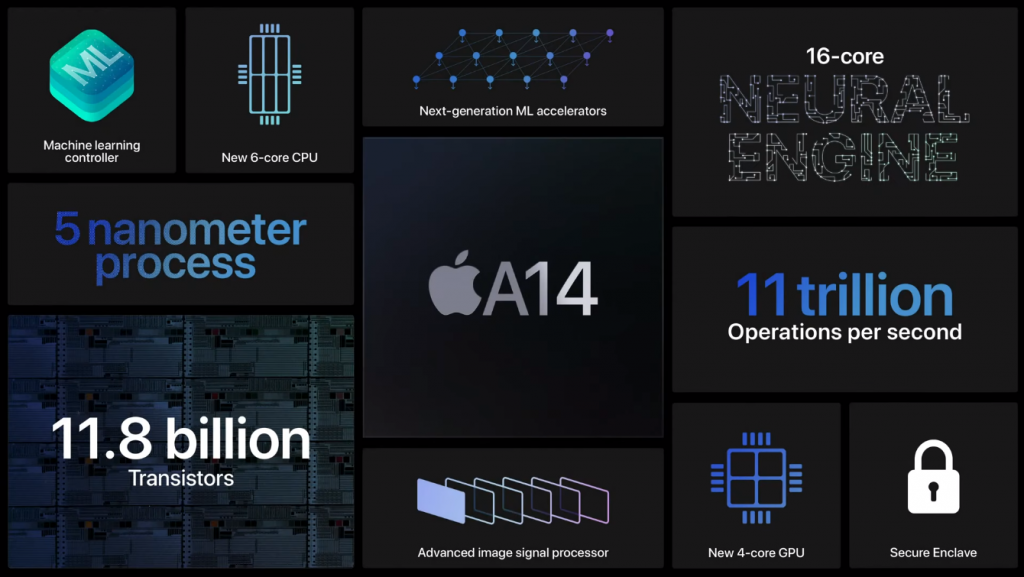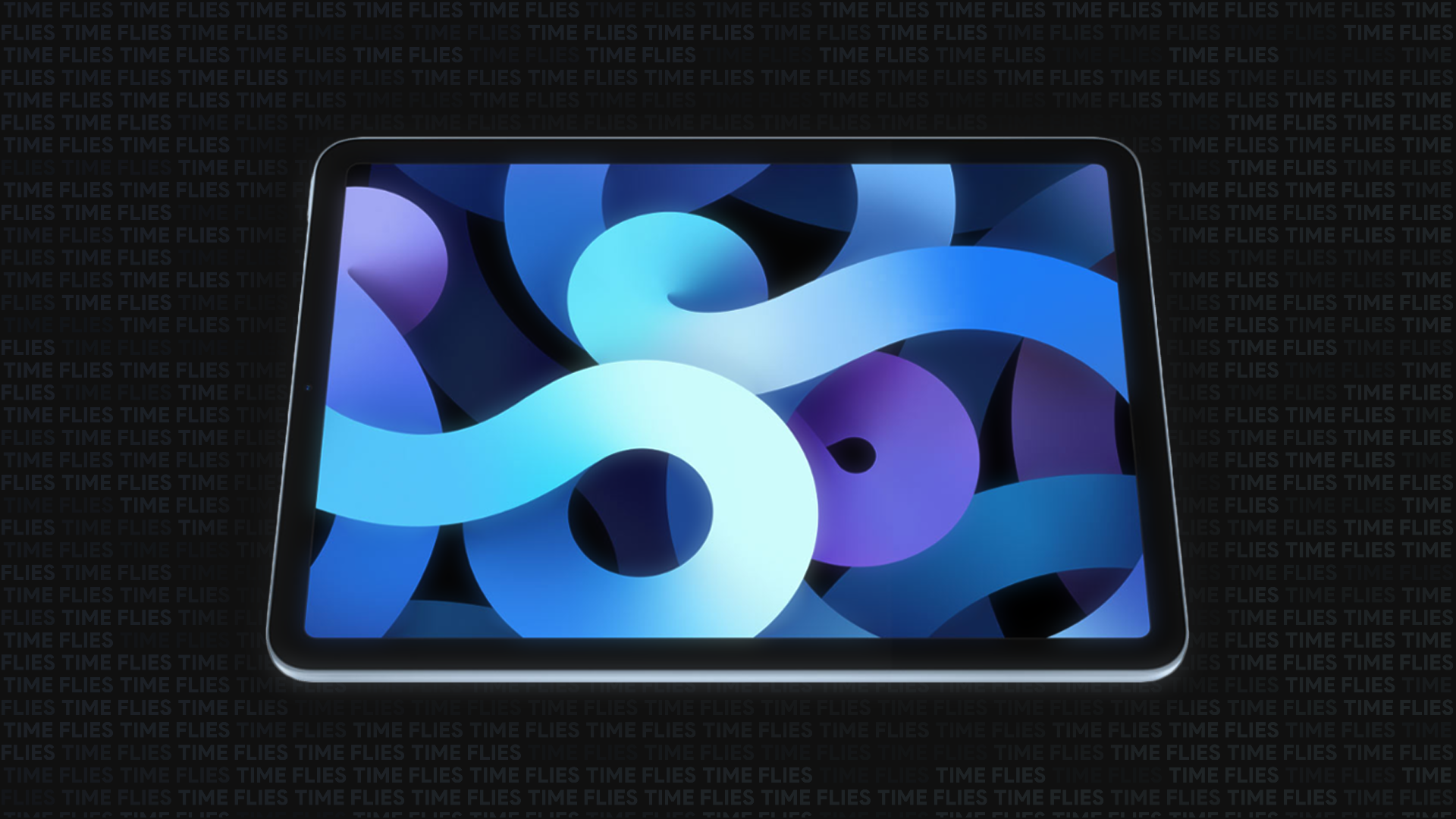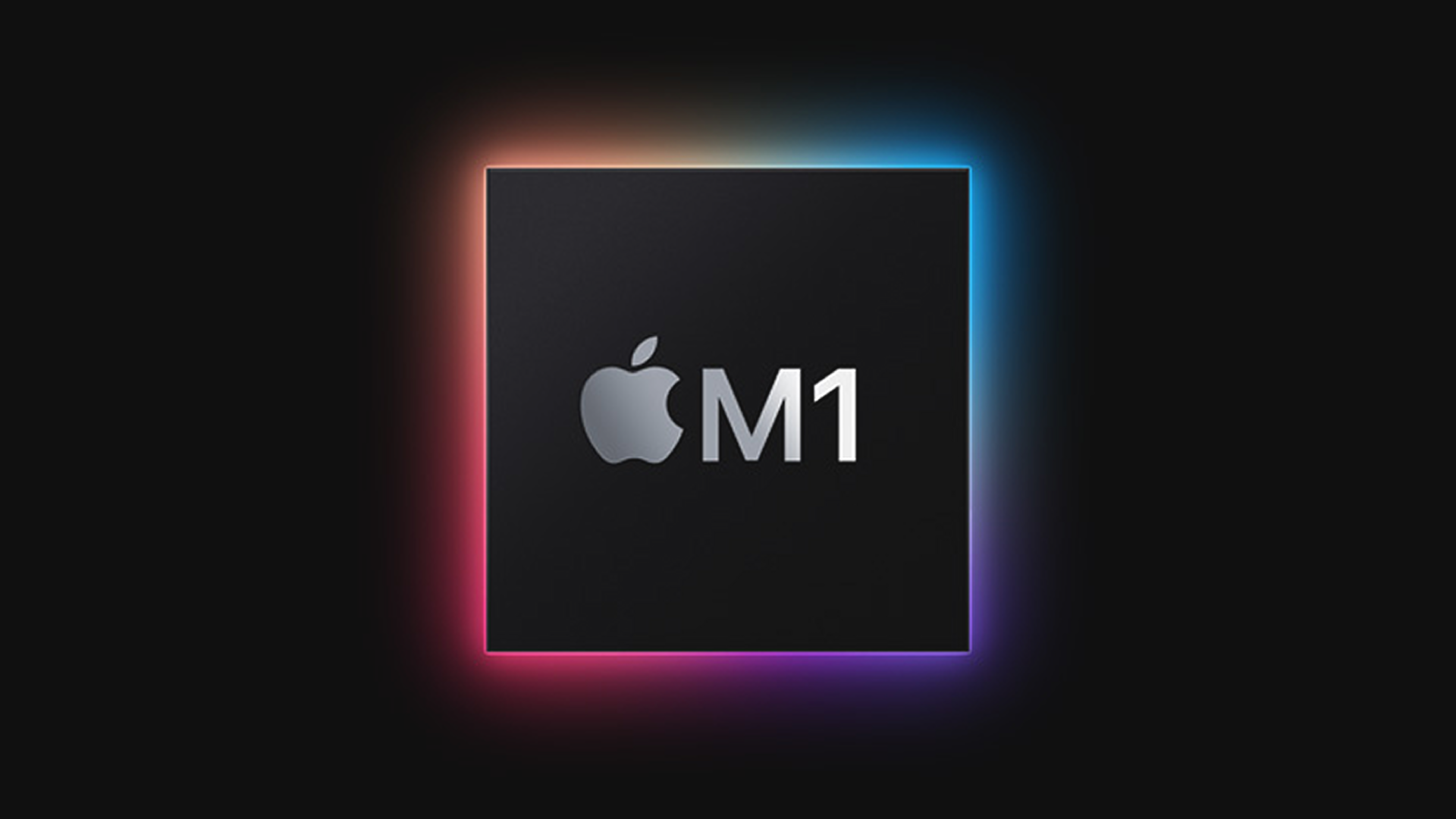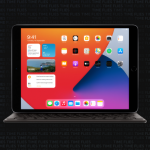Apple has unveiled the 4th Generation of the iPad Air. The Air was rather neglected by the company for almost 5 years, until a refreshed 3rd generation arrived in 2019. Still, the core design had remained largely unchanged — until now.

The new Air borrows the squared-off minimal bezel design that Apple brought to the iPad Pro in 2018. From the front, it may seem like the hardware is similar, but there is no Face ID. Instead, we get a fingerprint reader mounted on the power button. This is a welcome feature, as I personally prefer it over Face ID, but that’s a topic for another article.
It also gets the Smart connector and USB Type-C connectors from the iPad Pro as well, which is a great move. This means that the demise of lightning is nearing, with only the iPad 10.2 and the iPhone lineup sporting them. Audio is taken care of by four stereo speakers, which means we get the same great audio as the iPad Pro. The new design means that the Magic Keybaord and 2nd Generation Apple Pencil is supported, which charges wirelessly when magnetically attached to the side.

As for the specs, we get a slightly larger 10.9″ 60Hz display (v/s 10.5 on the Air 3rd Generation) in a smaller design due to the smaller bezels. The star of the show is the new A14 Bionic chipset, which is built on the new 5nm node. The efficiency and power gains from the node shift means it performs on par with the A12Z found in the iPad Pro in most cases (except for GPU performance, where the 4 extra cores on the A12Z is an advantage). Regardless, this is great news, since the same processor is likely to be used on the iPhone 12 series.
We also get a single 12MP camera at the back, which is the same unit as the wide camera on the iPad Pro, giving it best-in-class camera quality for a tablet.
Starting at $599 for the 64GB version, the iPad Air (2020) has a $100 price jump over its previous iteration. But, that is justified considering the rather impressive upgrades it got. And considering that the iPad Pro starts at $799, someone who doesn’t need the 120Hz ProMotion display or the extra Ultrawide lens and LiDAR scanner can save a whole lot by going for the Air. This does impact the iPad Pro value proposition somewhat, but I’m fairly confident that Apple will update it with a more powerful A14X (which seems to have Core i9-beating performance as per the latest leaks).
TL,DR: The iPad Air bring most of the iPad Pro features to the table, while costing $200 less.
Last modified: September 22, 2020







